HarmonyOS
OpenHarmony Educational Resource Package launched by OpenAtom Foundation
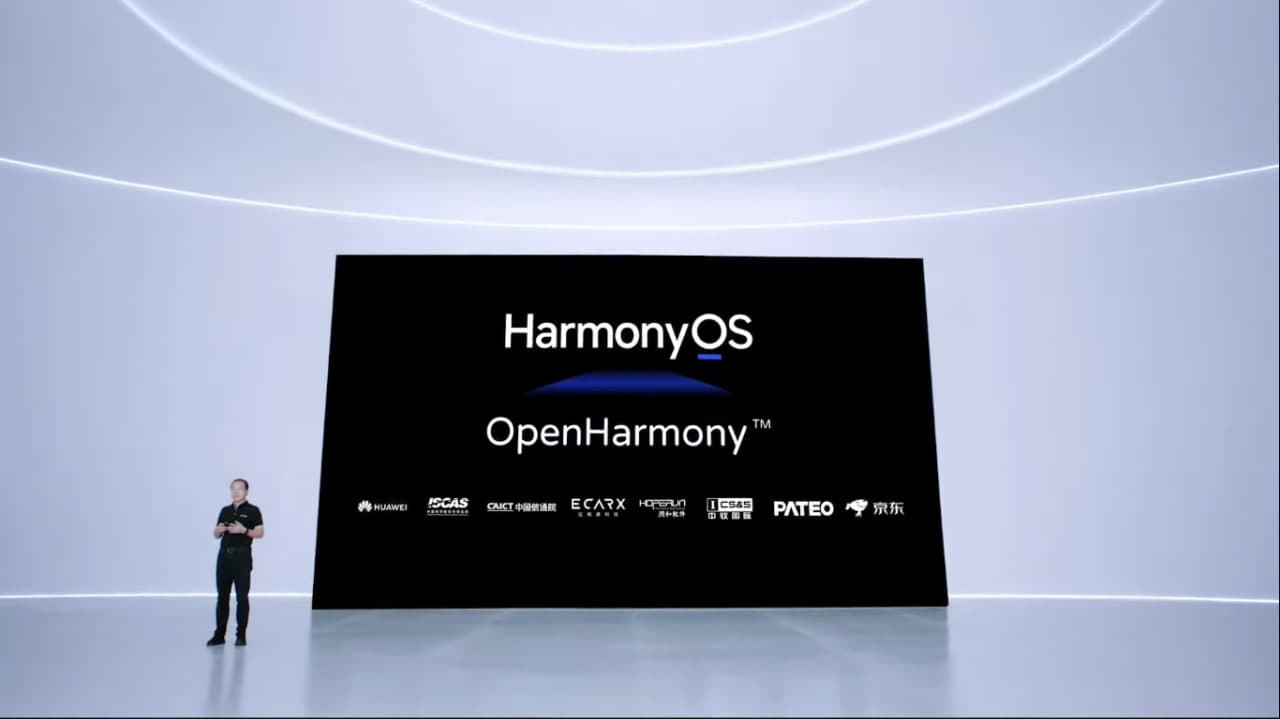
The OpenAtom Foundation is the only foundation with the theme of open source and the business scope includes fundraising, publicity, education, and training, open-source ecosystem construction, and other open-source-related activities.
Last September, Huawei announced at the HDC 2020 conference that it would donate OpenHarmony to the OpenAtom Foundation. OpenHarmony is the official open-source project of the HarmonyOS operating system.
According to the information, the OpenHarmony Education Resource package owned by OpenAtom Foundation’s Educational Technology platform “OpenAtom Education” and co-sponsored by the OpenHarmony project group working committee was officially launched on the Gitee (Code Cloud) platform in May 2021.
It is based on the principle of “equal joint construction and voluntary sharing” and aims to provide a flexible assisting environment for the development of education and training content of the OpenAtom OpenHarmony project.
So, the open education contributors participating in the project can organize, create, share, and discuss educational resources related to the project with other people in the network, collaborate with group members, contribute documents, code resources, and upload resources for sharing.
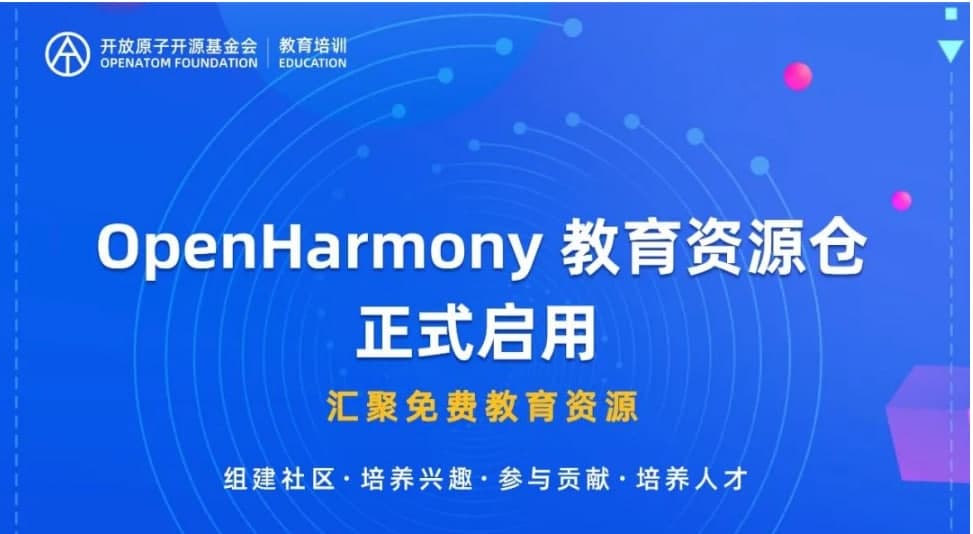
OpenHarmony Warehouse:
The OpenHarmony Education Resource Warehouse provides free access and has a collection of open-licensed training courses, technical manuals, solutions, successful cases, and more.
It provides strong support for teaching, independent learning, development, research, and other activities related to the OpenHarmony project. As of now, it covers many sections related to the OpenHarmony project that includes:
- OpenHarmonyAPP development, learning, and growth source code system
- OpenHarmony Third-Party Component Development Guide
- OpenHarmony application development foundation
- OpenHarmony hardware development foundation
- OpenHarmony component library application practice and advanced
- OpenHarmony University Experiment Manual
- OpenHarmony device development series of tutorials
- One-stop training course for IoT HarmonyOS HiSpark Kit
- Peking University Spring 2021 Open Source Software Course
- Tsinghua 2021 Spring Operating System Course
- Youth Open Source HarmonyOS Course
- OpenHarmonyApp Development_From Mengxin to Master
- OpenHarmonyApp development_2048 game presentation
- OpenHarmony kernel Liteos-a porting
For more information, OpenHarmony Open Education Resource Warehouse is one of the top four resource warehouses of the Open Atom Education Gitee platform. This platform is the theoretical basis of open source education, open-source training courses, and the Open Atom MVP laboratory.
HarmonyOS
TAILG launched new scooter with HarmonyOS
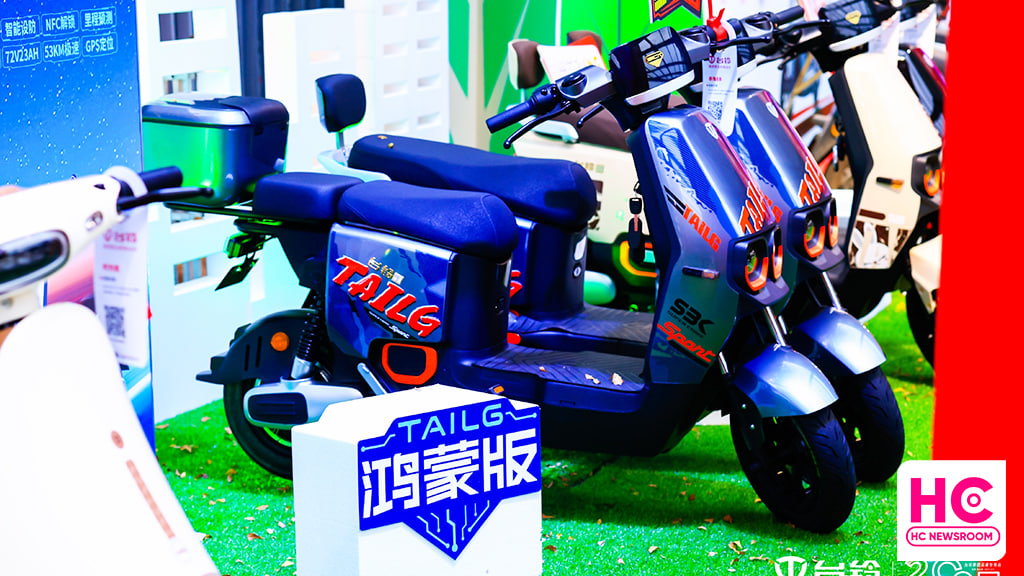
TAILG has launched a brand new electric scooter, which is powered by the HarmonyOS operating system and an all-around stylish look to provide a better experience for consumers.
It has a custom-made avant-garde handlebar, as well as an exclusive smart touch screen, which can display various driving data of the vehicle in real-time. It also equips with a variety of smart unlocking features, including one-key ignition.
The latest TAILG brings HarmonyOS features such as APP control, NFC unlocking, mileage prediction, smart fortification, and vehicle inspection. The TAILG HarmonyOS electric scooter packs a 72V23AH graphene battery, a 1000W cloud-powered motor, and a GPS positioning system.
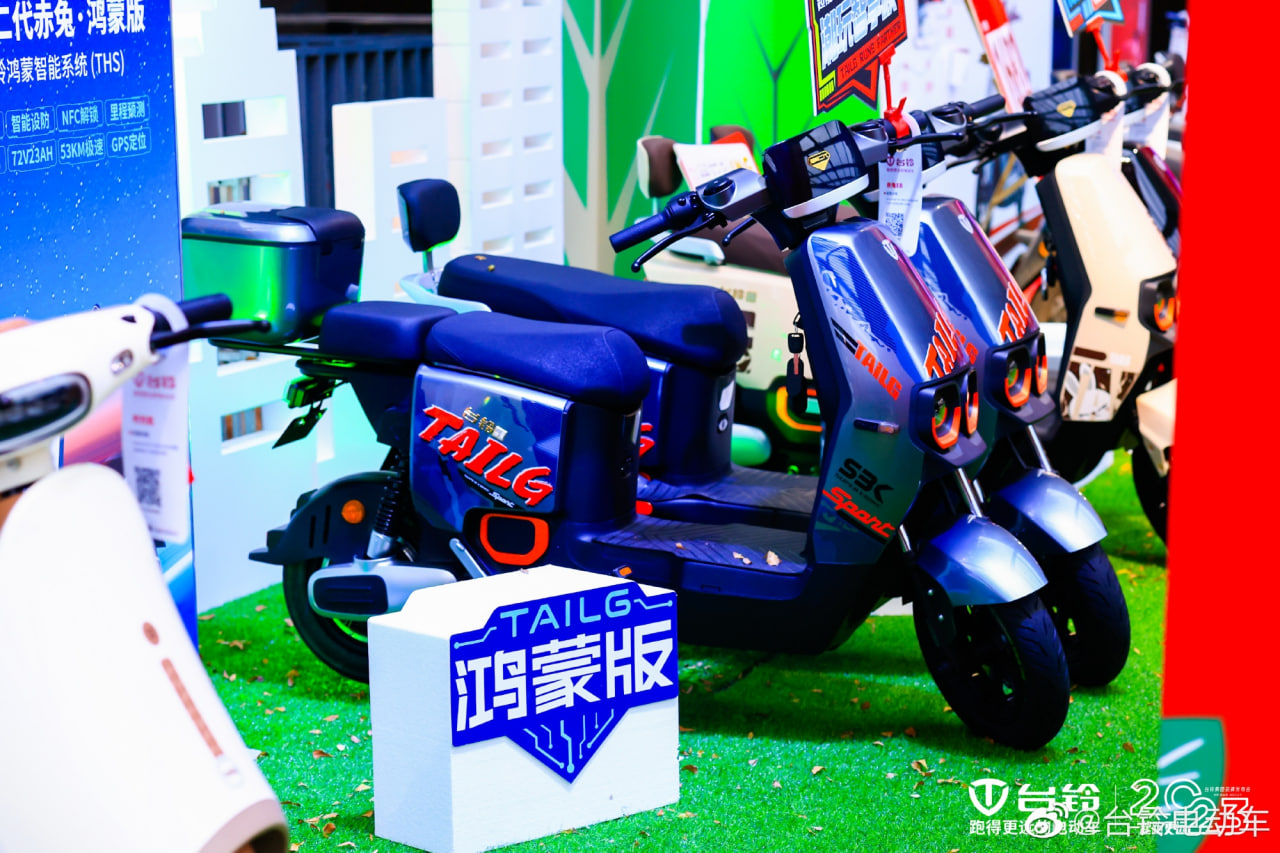
Looking at the price segment, the TAILG HarmonyOS scooter starts at 3899 yuan, and the high-end version is priced at 4588 yuan. This new electric scooter will be sold in offline stores across China.
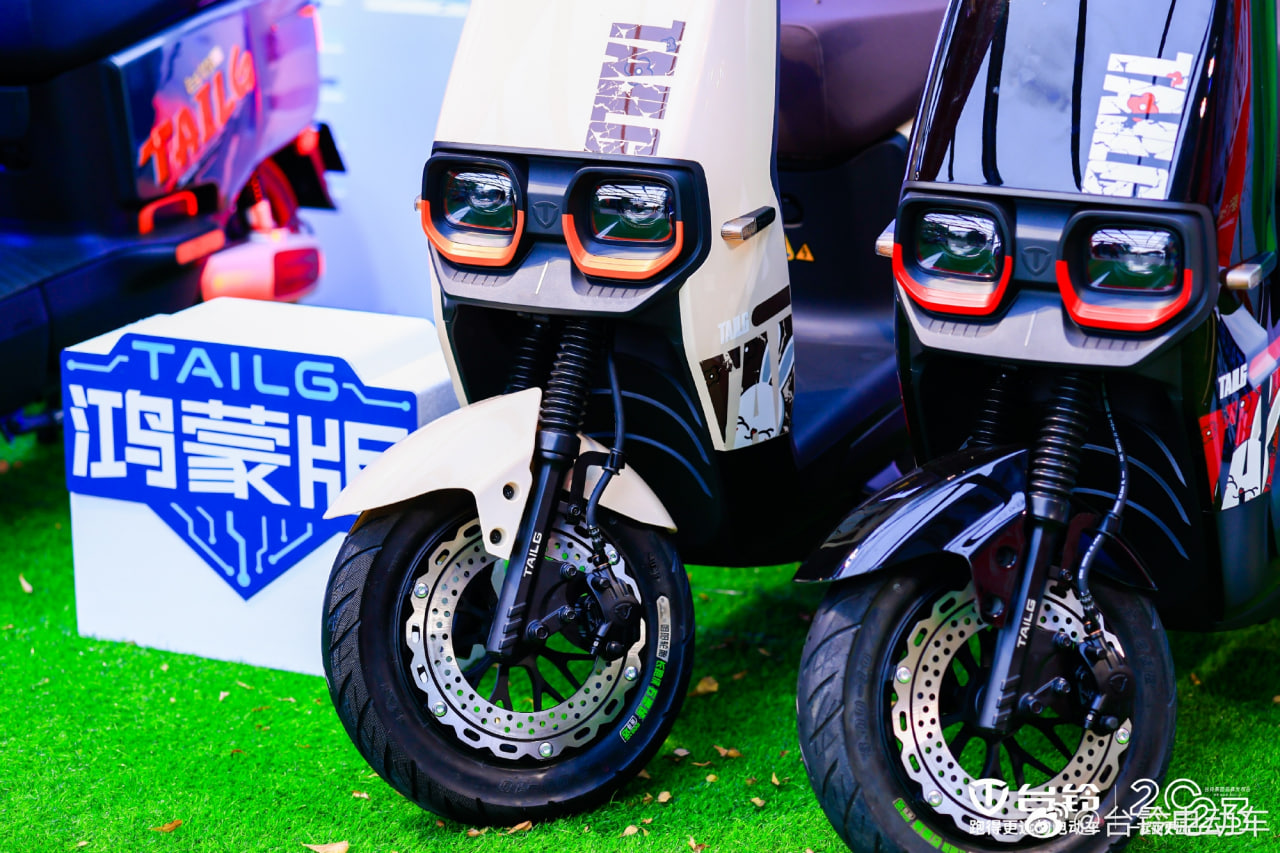
Last year in August, TAILG and Huawei announced cooperation to upgrade electric vehicles, the two companies will establish a joint innovation laboratory to conduct research on IoT and other technologies. This will also allow both firms to achieve technological advantages.
Established in 2004, TAILG is an enterprise specializing in R&D, manufacturing, sale, and service of new energy electric vehicles, Its products cover electric bikes, electric scooters, electric special bikes, electric tricycles, and other vehicles. It has an annual production capacity of 12 million vehicles and more than 30,000 stores exclusively in China.
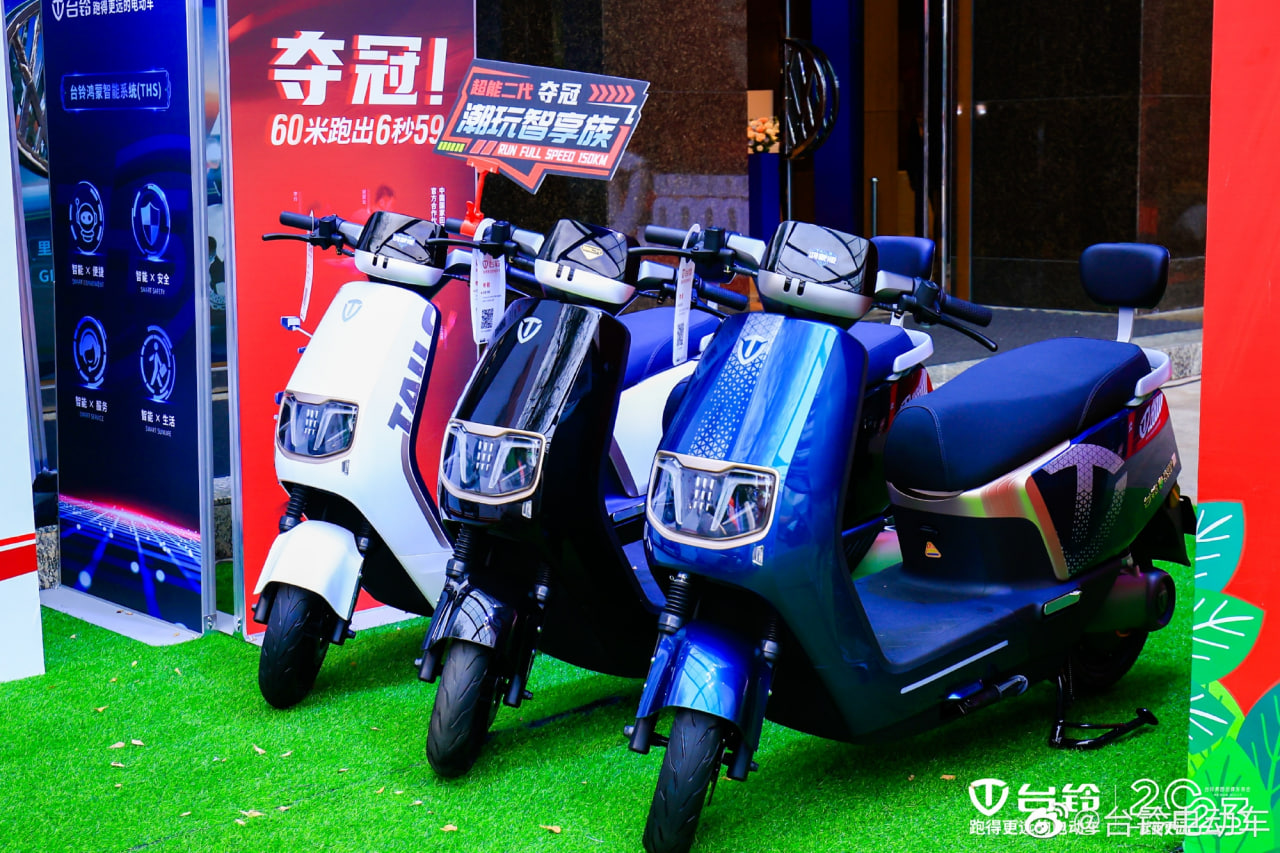
(via – Sina Tech)
HarmonyOS
HarmonyOS 3.1 Developer beta open for smartphone users
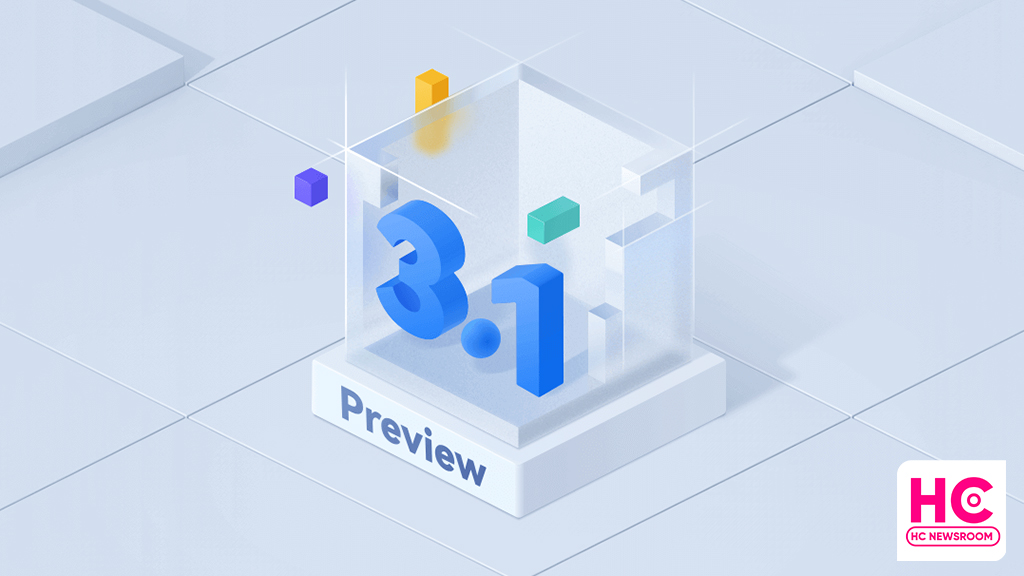
Today, HarmonyOS 3.1 developer preview testing is opened for smartphone users, this recruitment will enable developers to participate in the open beta activity with developer-only features directly into a real device.
According to the information, HarmonyOS 3.1 developer beta is currently being announced for the first phase of devices including Huawei P50 and P50 Pro. However, Huawei has confirmed to add more devices to the test pool later on. Also, a more friendly and subtle beta test is likely to begin in March.
To be mentioned, HarmonyOS 3.1 developer open beta recruitment is applicable until February 13, 2023. Afterward, Huawei will review the test applications. Selected testers will receive an email or SMS to download HarmonyOS 3.1 developer beta OTA rollout.
Also, this beta activity is available only for the Chinese models and only real authenticated accounts will pass the developer beta signup.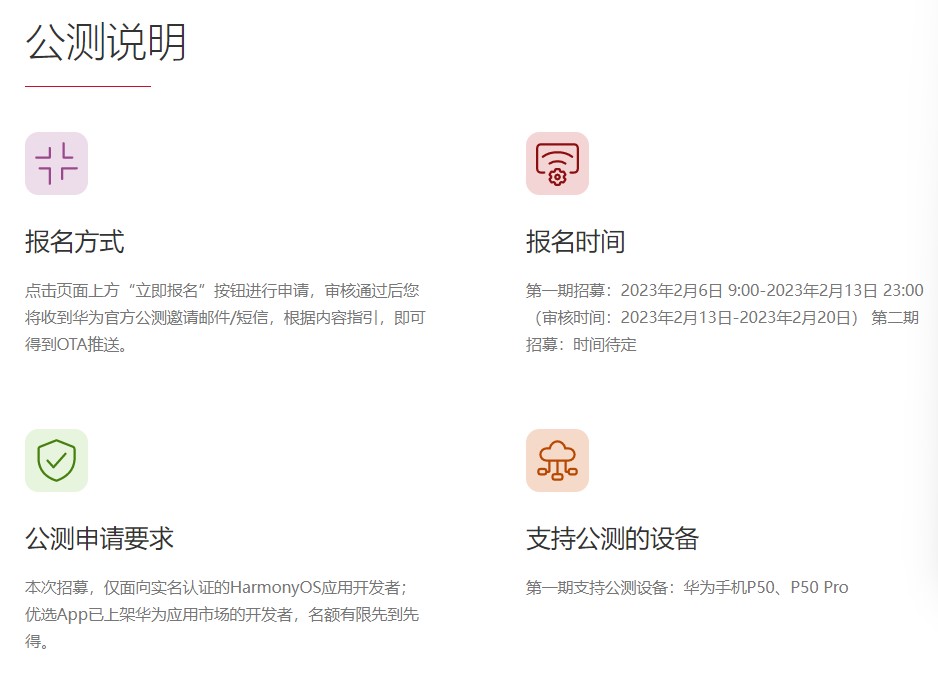
HarmonyOS 3.1 comes constructively adds a new ArkTS language, and with the latest public test, you will experience the improvements and efficiency of the app powered by ArkTS language, STage model, ArkUI, and more.
Below you can check the HarmonyOS 3.1 developer preview features:
- The ability framework adds a stage development model, including stage model life cycle management, scheduling, callback, context acquisition, authentication, and more. At the same time, the operation and management capabilities of the application are enhanced.
- The ArkUI development framework enhances the declarative Canvas/XComponent component capabilities, enhances component layout capabilities and state management capabilities, and optimizes the usability of some components.
- Application package management adds an interface for querying properties related to applications, ability, and ExtensionAbility.
- The common basic class library supports Buffer binary reading and writing.
- Web services add support for document preview and basic editing functions of document-type web applications, as well as cookie management and storage management.
- Added support for YUV, webp image codec, and other capabilities for graphics and images. Added native vsync capabilities, and supports self-drawing engines to independently control the rendering rhythm.
- Added camera configuration and preview functions in Media Services.
- The window service adds window-related interfaces under the Stage model, which enhances the window rotation capability and enhances the avoidance area query capability.
- The globalization service has newly added support for internationalization enhancement capabilities such as time zone lists, transliteration, and phone number attribution.
- The basic capabilities of common events are enhanced, and the commonEvent module is changed to commonEventManager.
- The resource management service adds a synchronization interface for resource acquisition, a new interface for querying resource values based on names, a new interface for querying number and float resource types, and a new way for Stage model resource query.
- Input method service adds input method cursor direction constant.

Android
First Android 14 Developer Beta announced, launch around HarmonyOS 4

Android 14 is the next software version for the Android ecosystem. On February 8, Google stepped ahead to begin the development of this major upgrade with the first developer beta.
Google has released the roadmap for the development, beta testing, platform stability, and the final release of Android 14, which reveals meet the launch of Huawei HarmonyOS 4 later in the second half of 2023.
The first developer preview is already out for the Pixel devices. However, Google could open early access to other smartphone makers such as OnePlus by April when the open beta campaign kicks off.
As mentioned by the Android company, Android 14 is projected to reach platform stability by the end of July. But there’s still a possibility of these milestone timelines to delay, similar to last year.

For your information, the Android 14 developer preview will be a very useful and early gift to the developer community. It will pave a way for the app devs to know more about the upcoming APIs and app features ahead of the final launch.
Looking into the developer preview features, Android 14 promises to improve productivity, enhances performance, improvements to security, and privacy, and bring new customizations.
Yes, there are new tweaks and changes made over Android 12, while there are more that will be visible as the development progress further. Throughout this phase, these developers (and later users) will help to fix bugs and make improvements to the Android 14 source code.
HarmonyOS 4:
Aside from the Android 14 developer beta, Huawei is preparing for the HarmonyOS 3.1 rollout but the company is working on HarmonyOS 4 as a major release for the next generation of Huawei devices. For now, there’s no official launch date available but we are likely to hear more on this at the Huawei Developer Conference (HDC) 2023 event.
HarmonyOS 4 promises big upgrades over HarmonyOS 3 and a major restructure in the user interface (UI). Nonetheless, we’ll keep you posted.

(source – Android)







